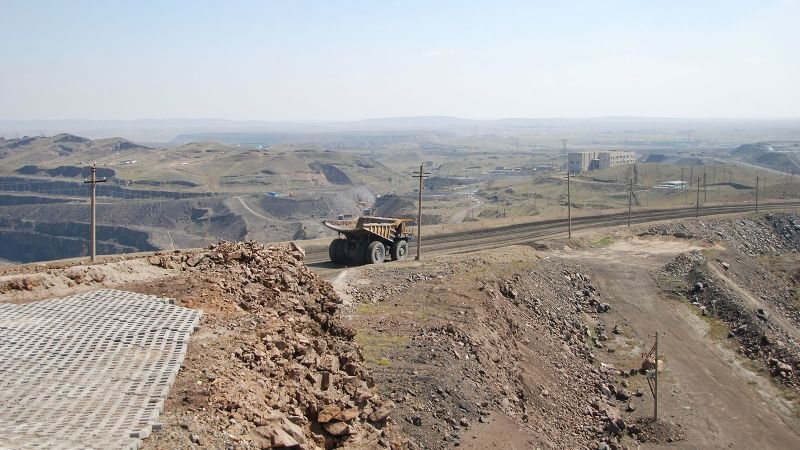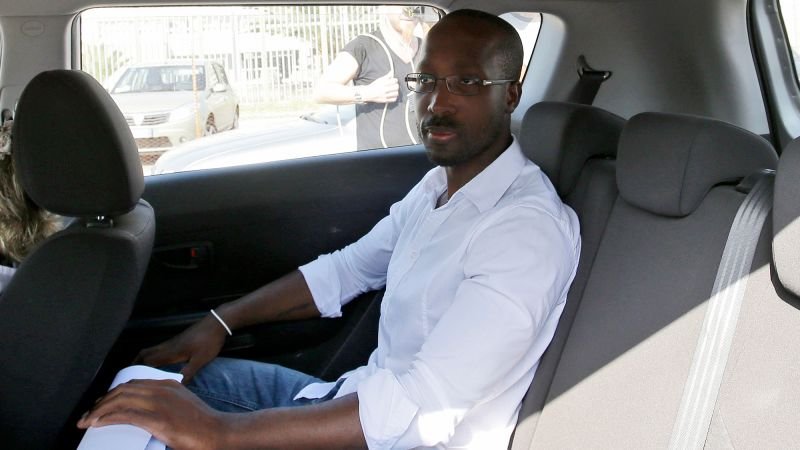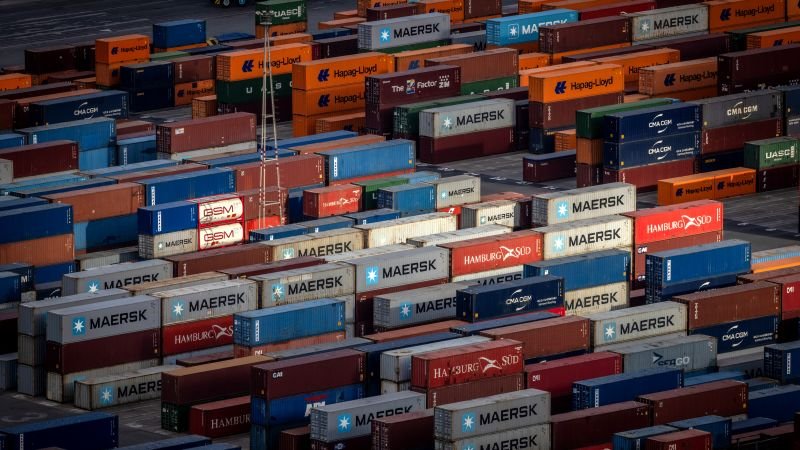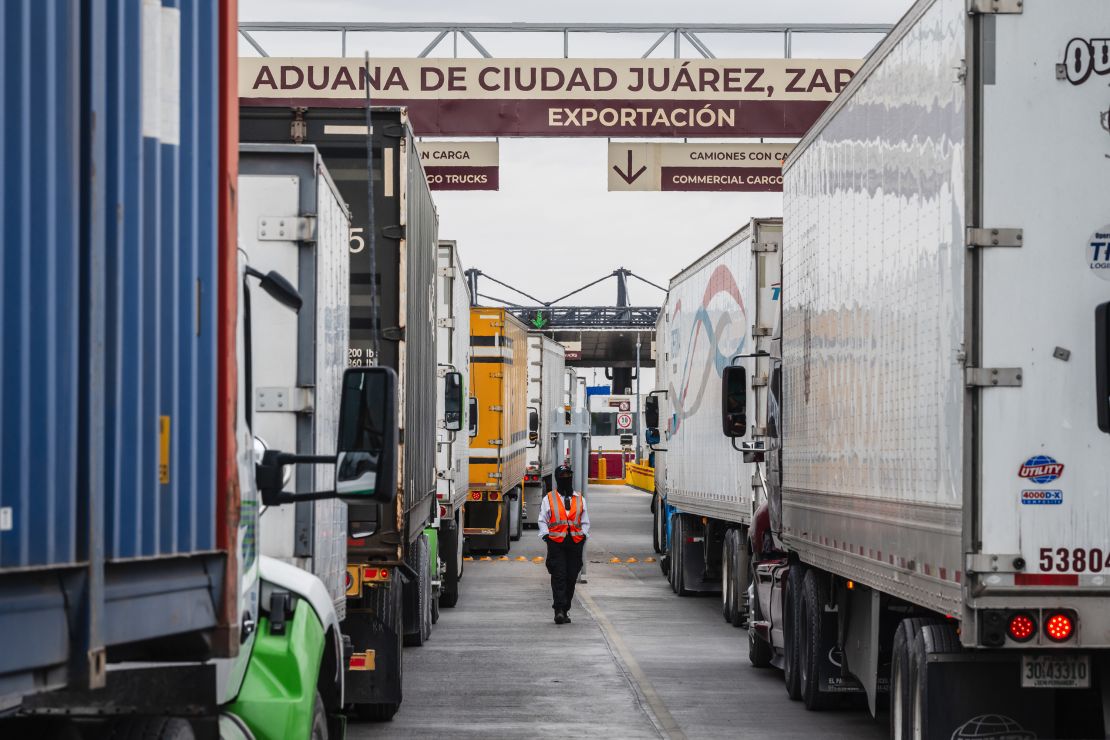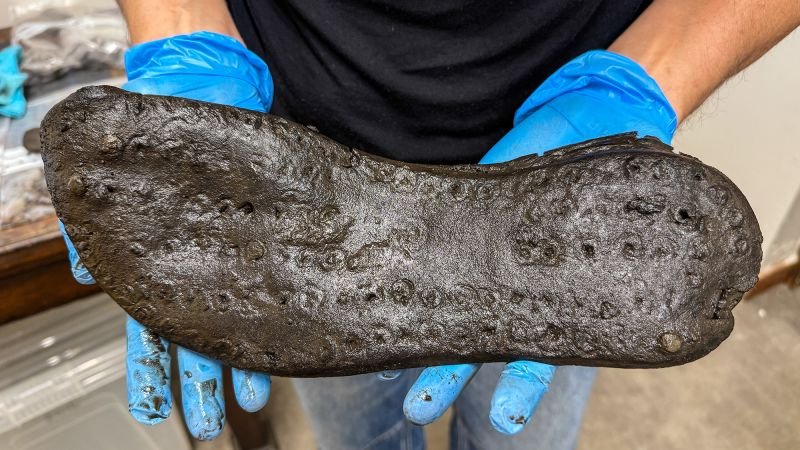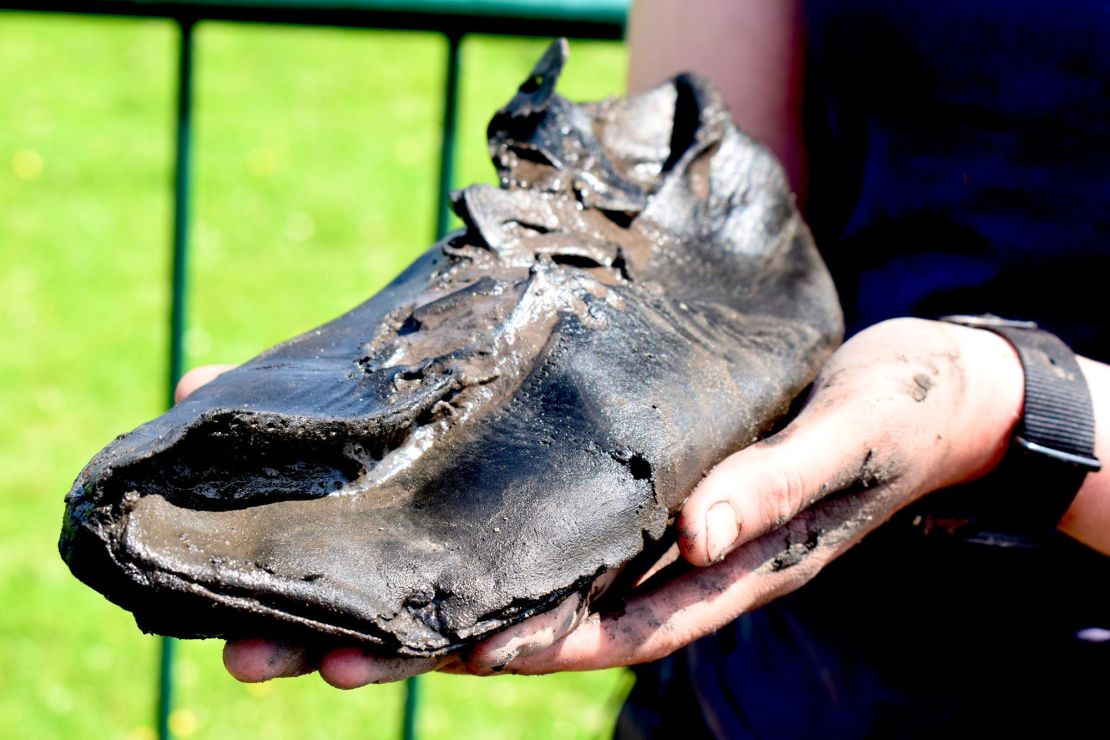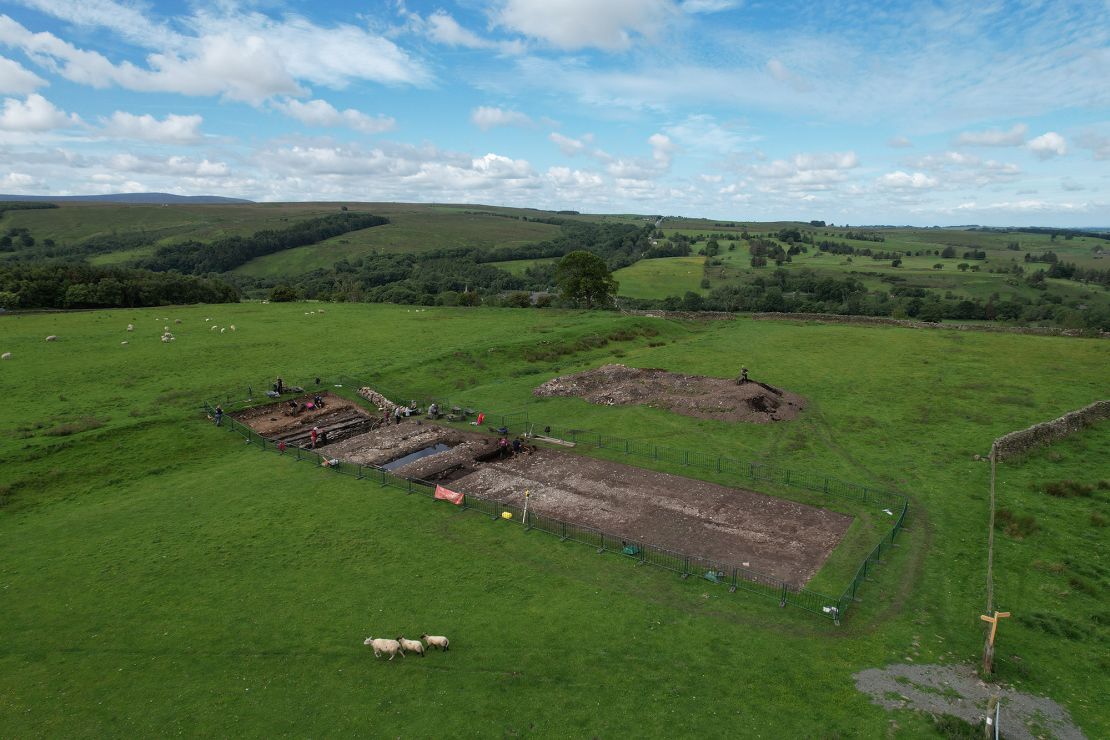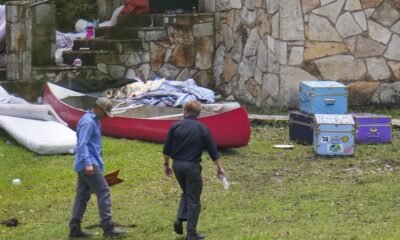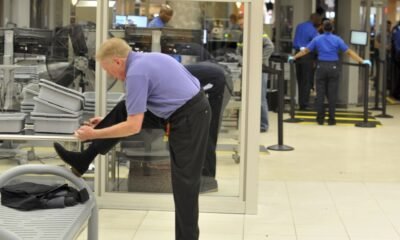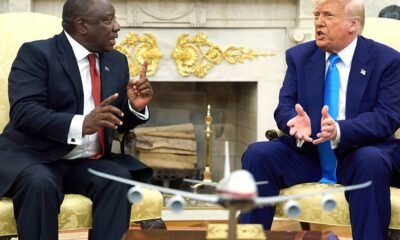Hong Kong
CNN
—
The European Union has urged China to ease restrictions on rare earth materials – critical for everything from cars to washing machines – after Beijing’s export controls disrupted supplies and triggered production turmoil across industries in Europe and America.
Maros Sefcovic, the European Union’s trade commissioner, said the issue was a “priority” in his Tuesday meeting with Chinese commerce minister Wang Wentao on the sidelines of the Organization for Economic Cooperation and Development conference in Paris.
“I informed my Chinese counterpart about the alarming situation in the European car industry, but I would say industry as such because clearly rare earths and permanent magnets are absolutely essential for industrial production,” Sefcovic told reporters on Wednesday.
At the height of its trade spat with America in April, China leveraged its global dominance in the rare earths supply chain and imposed new export controls on seven types of rare earth minerals and several magnets – needed for everything from everyday electronics and vehicles to big-ticket weapons such as F-35 fighter jets. China controls 90% of the global processing of rare earths.
But despite a 90-day trade truce with the United States, Beijing has yet to loosen these controls, drawing ire from Washington. That has led to China and the US trading barbs in the past week, over which side violated the temporary trade agreement reached in Geneva. All the while, carmakers have warned that factory shutdowns are looming as they find it nearly impossible to import rare earth magnets from China.
“If it comes to the permanent magnets which are used clearly for civilian production, because you need them from washing machines to cars to any home appliance we have most probably at home all of us, this is extremely disruptive for the industry,” Sefcovic said.
On Wednesday, a European automobile trade group similarly raised concerns over the “significant disruption” in the European automotive supply chain posed by China’s rare earth restrictions.
“China’s export restrictions are already shutting down production in Europe’s supplier sector,” said Benjamin Krieger, secretary general of the European Association of Automotive Suppliers (CLEPA), in a statement.
Under China’s new controls, exporters of rare earths and magnets are required to apply for a license for each shipment and provide supporting documentation to verify the intended end use of these materials.
Since April, Chinese authorities have only approved about one-quarter of the hundreds of export license applications submitted, according to CLEPA. Moreover, the application process has been opaque and inconsistent across provinces, with some licenses denied on procedural grounds and others requiring disclosure of sensitive information, including intellectual property, CLEPA said.
German carmaker Volkswagen has previously told CNN that its suppliers have been granted “a limited number of export licenses.”
China’s customs data showed that shipments of rare earth magnets to Germany halved from March to April, the month the restrictions were put in place.
At their meeting on Tuesday, Sefcovic and Wang compared data on licenses granted, and found their respective figures did not match, Sefcovic said. The two sides will talk “relatively soon” once data is clarified, he added.
Instead of China’s current licensing regime, the EU trade chief said the bloc prefers a systematic solution, such as a general application once a year for each company, to avoid paperwork delays and stress applied to the industry.

Across the Atlantic, US officials are also growing increasingly frustrated by the slow pace of China’s rare earth export approvals.
US President Donald Trump’s administration believed that, as part of the trade truce, China would lift export restrictions on rare earths to the US – and has accused Beijing of violating the agreement reached in Geneva.
Some Chinese suppliers have been granted approval to export rare earths to several American automakers – although those operations may not actually be in the US, according to a person familiar with the matter.
“However, the bigger picture remains, which is that approvals are going much slower than industry would like or require – there are apparently only a small handful of Chinese officials working their way through more than a thousand applications,” the source said. “The implication (is) that it is clearly not a priority for China to speed this up.”
A long-time rare earths trader in the US said his company is still waiting for Beijing to approve shipment requests filed by its Chinese suppliers seven weeks ago.
One of the application documents asked for a photo of the end user’s manufacturing facility, according to the rare earth trader, who requested anonymity to speak openly about the process.
“I don’t know anyone who would be willing to do that. That’s where I get the biggest pushback,” he said, referring to his customers, who are mostly end users – in both civilian and defense sectors.
“If the customers are associated with US defense, if they tell the truth, they’re not gonna be approved,” he said.
The export curbs have sent manufacturers scrambling to look for stockpiles of the now-restricted materials – and bidding at ever-higher prices. “Anybody who has stockpiles on those are selling 4 to 7 times the price that would have been available to the marketplace two months ago,” the trader said. In some cases, such as with the soft metal yttrium, customers are willing to pay more than 10 times the price.
But rare earth materials not on the export control list have also been impacted.
“We’re seeing slower shipments. Chinese customs are scrutinizing the exports more than ever. All rare earths are being held up right now and taking longer to be shipped out,” the source said, noting that some suppliers have even refused to ship materials not on the restricted list due to the heightened scrutiny.
Shipments of rare earth magnets to the US plunged 60% from March to April, according to Chinese customs data.
China’s foreign ministry spokesperson Lin Jian said Thursday the country’s export controls are “in line with common international practices, non-discriminatory and not targeted at specific countries.”

